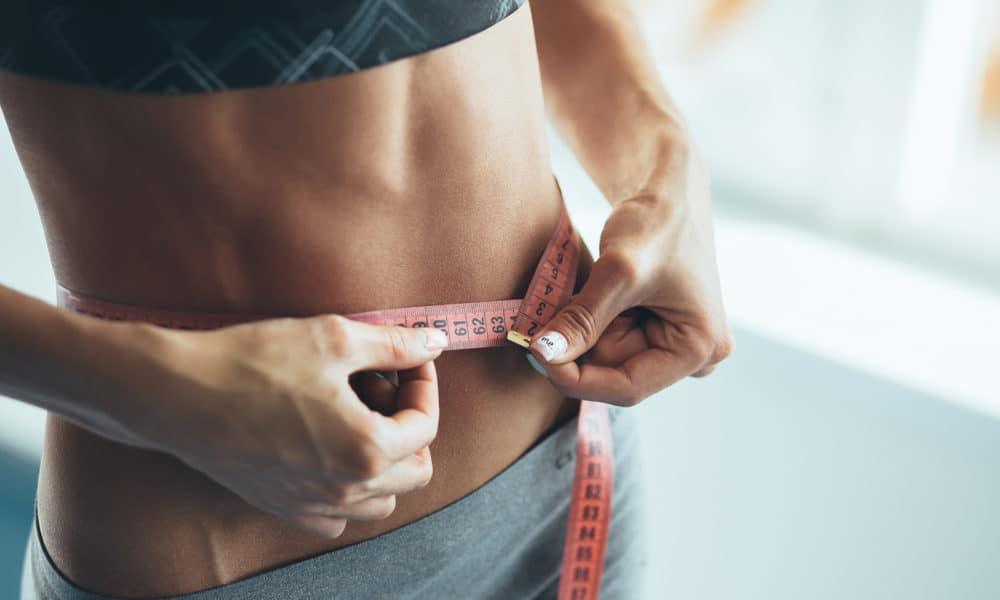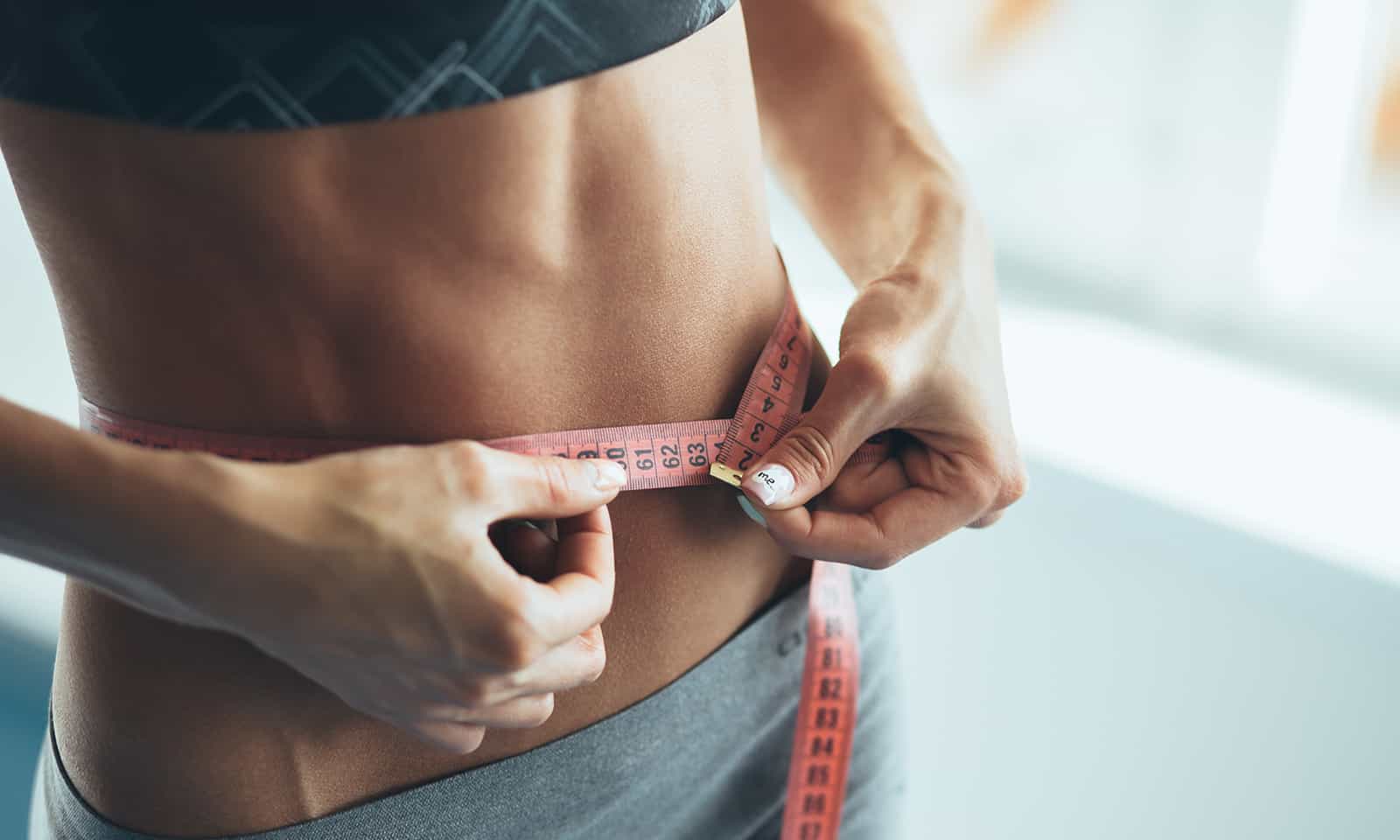

Liposuction is a technique that eliminates fatty deposits from the body in order to achieve a slimmer physique and a more sculpted body shape.
Liposuction recovery is relatively quick according to studies owing to the simple nature of the operation. When performed safely and professionally, the full advantages of the treatment will be apparent in a surprisingly short period of time.
Liposuction healing begins the minute you awaken from anesthesia. The recuperation process is painless, although any discomfort and pain may be treated with pain relievers.
Liposuction recuperation is entirely complete after around 6 weeks when the effects should be noticeable. Full results will take between six to twelve months.
Liposuction Recovery
While the effects are theoretically visible immediately (since the fat cells are gone for good), the body does require time to recover because certain tissues and blood cells are likely to be drawn away with the fat cells. Swelling is to be expected in the first several weeks.
The recovery period varies depending on the individual, as well as the anatomical area of the therapy (abdomen, buttocks, thighs, etc.). The recovery period also depends on the amount of fat removed. If you have a substantial quantity of fat removed from several distinct areas of your body, you will most likely take longer to recover than if only a little amount is taken from one place.
As a basic guideline, the body needs two weeks to restore itself. This might take 5 to 7 days before you can resume work and 4 to 6 weeks before you can resume strenuous activities like exercise.
A long-term recovery might span anywhere from 6 weeks to 12 months. This allows the edema to entirely subside.
Timeline for Liposuction Recovery
Immediately: Liposuction recuperation begins as soon as you awaken from anesthesia. Your doctor will apply pressure to the liposuction sites using a compression garment.
48-72 hours following surgery: During the first several hours following liposuction, most patients suffer some discomfort and pain. Your surgeon will offer pain medication to help you feel more at ease. Patients must wear the compression garment, relax, and minimize physical activities during this period.
1-2 weeks following liposuction: Some discomfort and pain may persist for the first two weeks following liposuction surgery. Most individuals can resume work as long as vigorous activities are avoided. Continue to wear the compression garment while keeping an eye on the cuts and fluid drainage.
2–5 weeks following surgery: Around this time, the discomfort should have decreased completely and the procedure’s outcomes should be visible. At this point, all incisions should be completely healed. The treated regions may continue to show indications of bruising, soreness, and swelling in certain circumstances. After 3-4 weeks, the vast majority of people may resume moderate activity. Intensive workouts should be avoided until your surgeon gives you the all-clear.
6 weeks or more after surgery: Swelling and bruising should have subsided at this point, and patients should be able to see the results of the procedure. Compression garments are no longer required, and most patients are free to engage in high-impact workouts.
Six weeks after the treatment, all patients should see their surgeon for a final check-up. Depending on the surgeon’s opinion and the patient’s recuperation, follow up routine check-ups can be arranged.
Recovery Tips
While you should not strive to hasten your recovery, there are certain things you may do to aid your body’s natural healing and regeneration.
Eat Well
Even if you’re in good health, surgery is hard on your body. A good diet is required for proper recovery. You may prepare healthy meals prior to the procedure because you might not be in a position to cook after surgery. Make sure you eat healthily and on a regular basis.
Include lots of fresh fruits and vegetables in your diet to aid recuperation and reduce inflammation.
Hydrate
After the surgery, drink lots of soups and water. Hydration is critical to a speedy recovery. If you want to try something new, mix your water with fresh fruit.
Take a Break.
Taking it slow and getting lots of rest are the greatest strategies to help your body heal during the first few weeks after surgery.
Take a Stroll
While exercise is not advised during your rehabilitation, the mild movement might actually help your body heal faster. Short walks are a fantastic way to begin moving without taxing your body if you’re ready for it.
Seek Assistance
When feasible, ask a family member or friend to assist you with tasks like cleaning, running errands, or caring for your children. You won’t be able to pick up your children for several weeks after surgery, and having a full itinerary of errands will exhaust you.
Conclusion
Bear in mind that the recovery process differs for everybody depending on the type of liposuction performed. It might take up to six months for most patients to see the benefits of liposuction surgery. However, after you have recovered, you will be glad you took this procedure. Whether you are in Houston, Texas or outside, you can find the best plastic surgeon for liposuction.






















